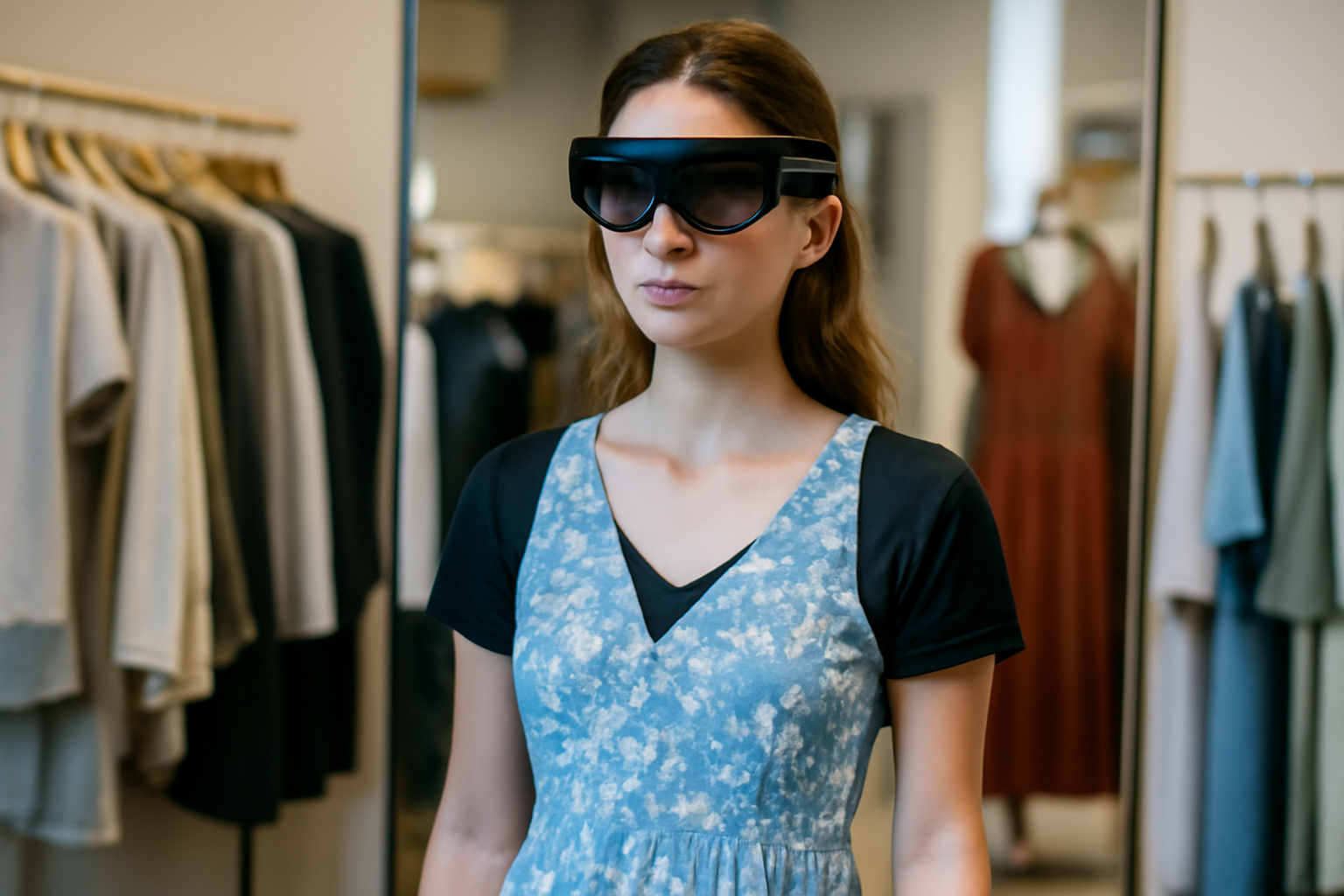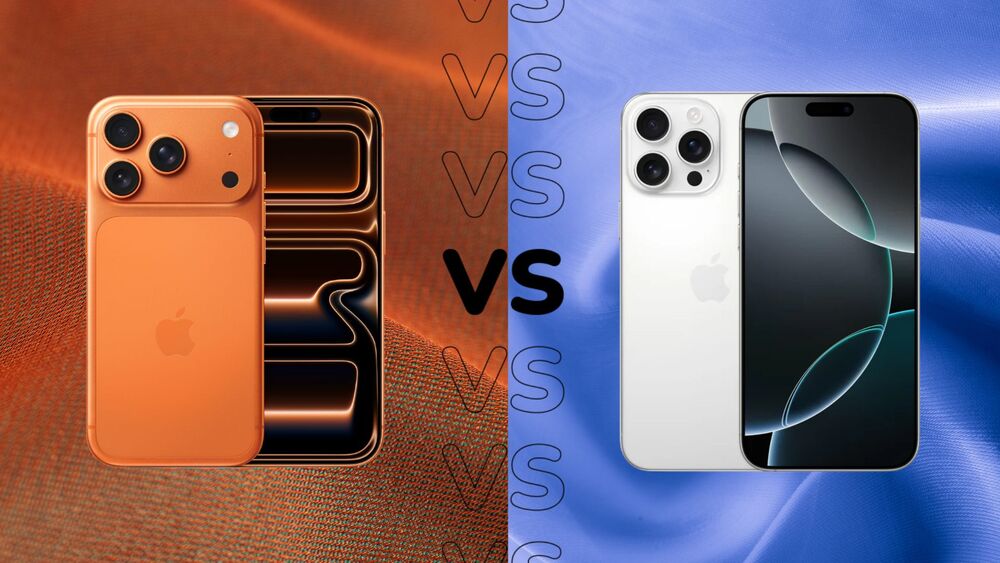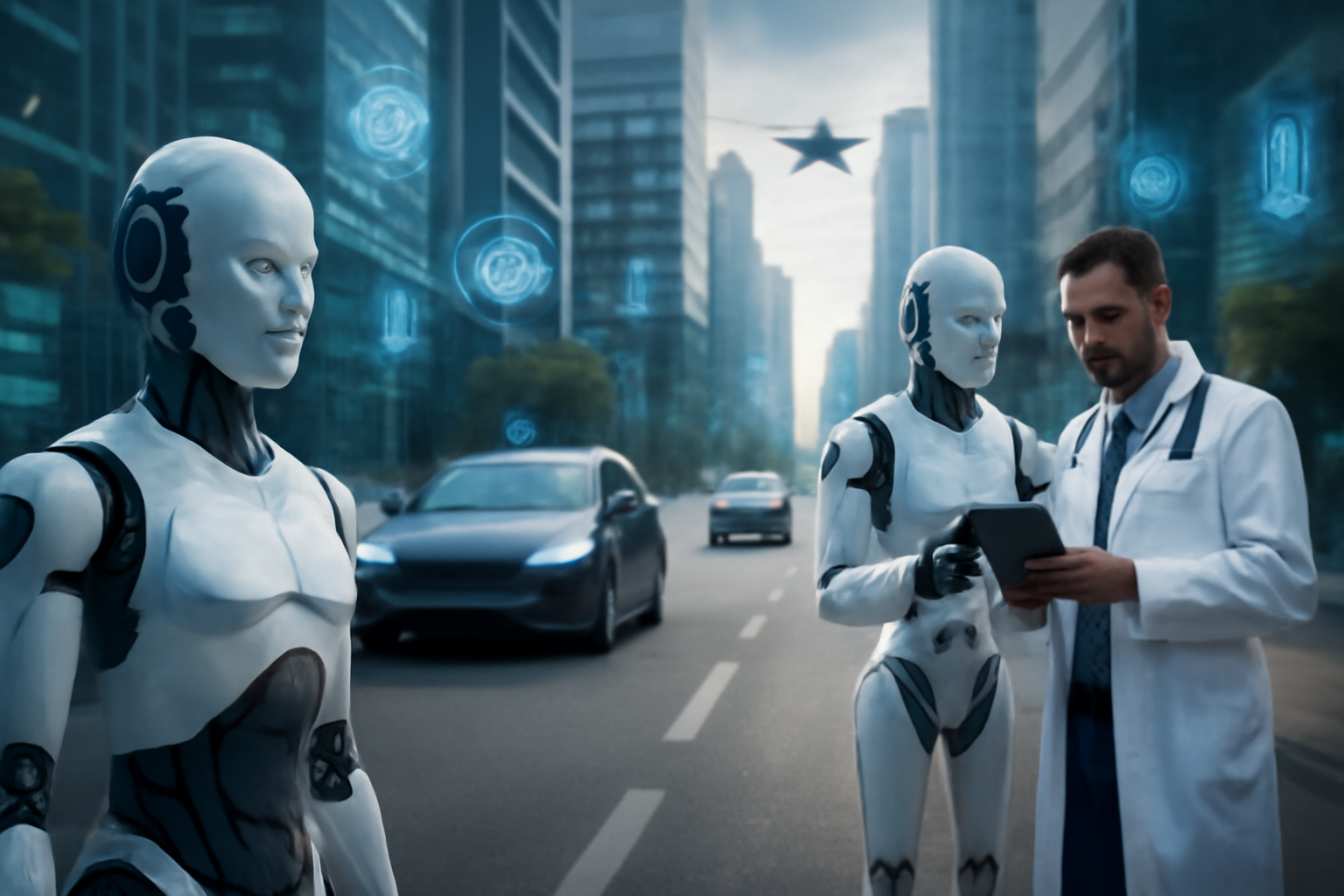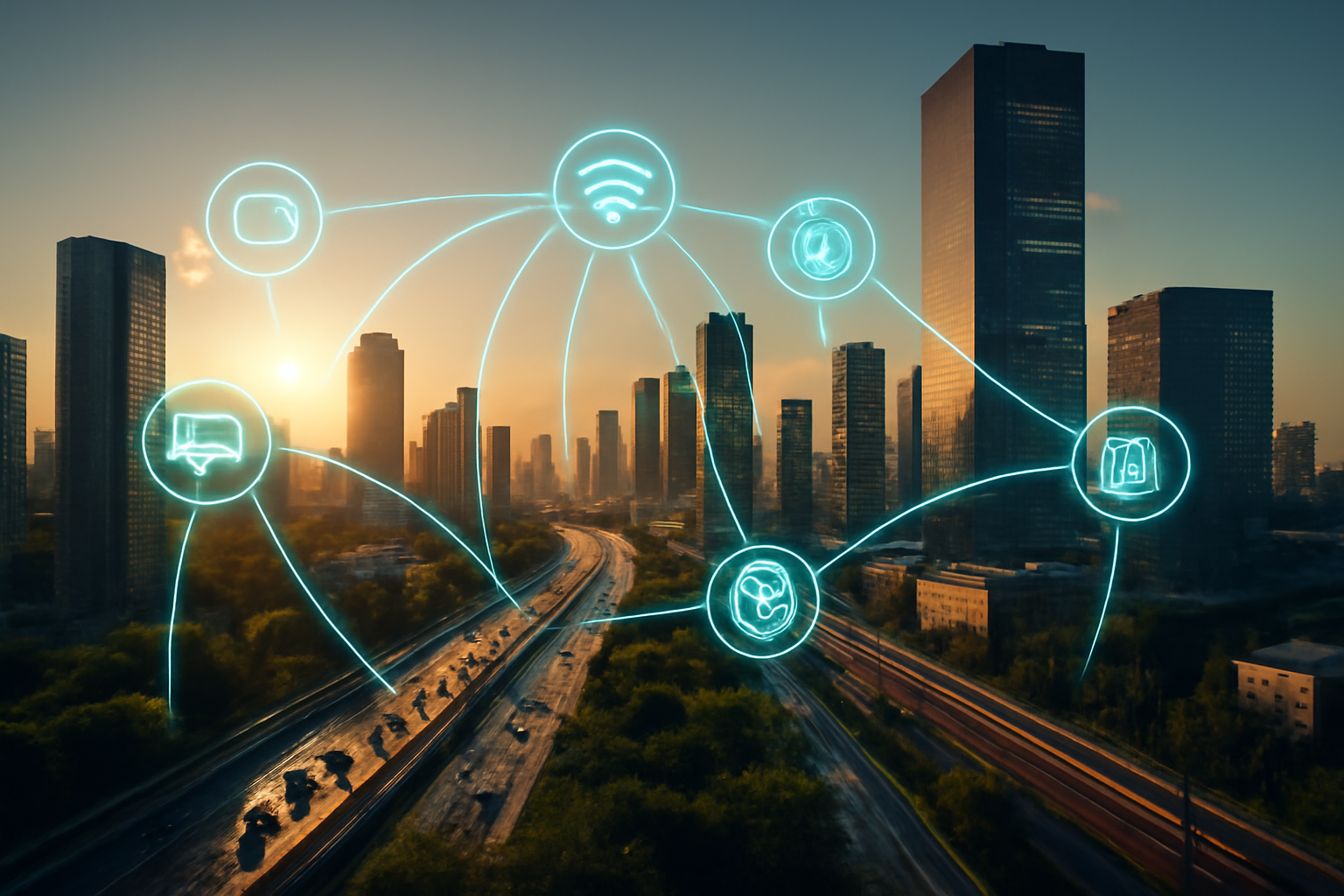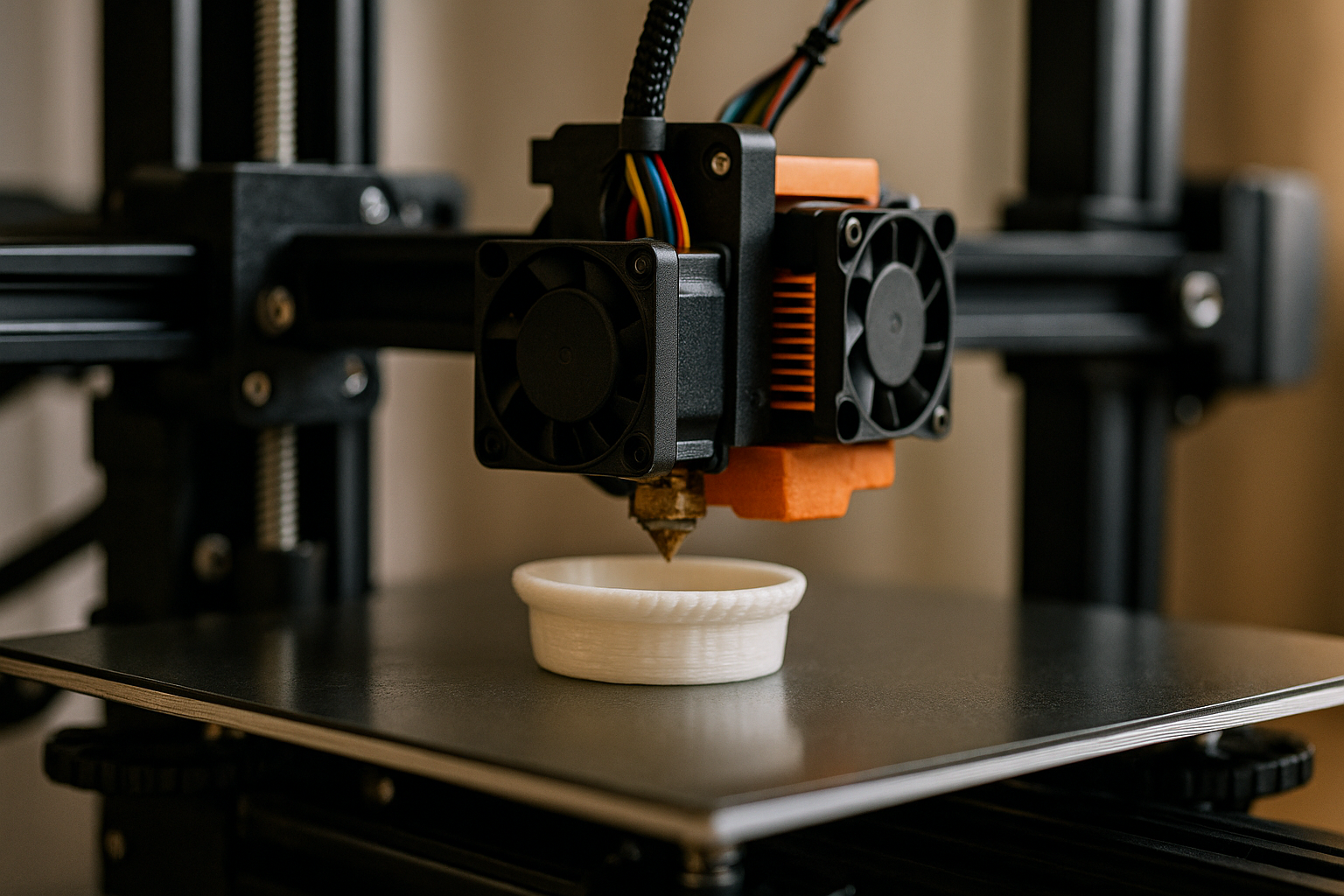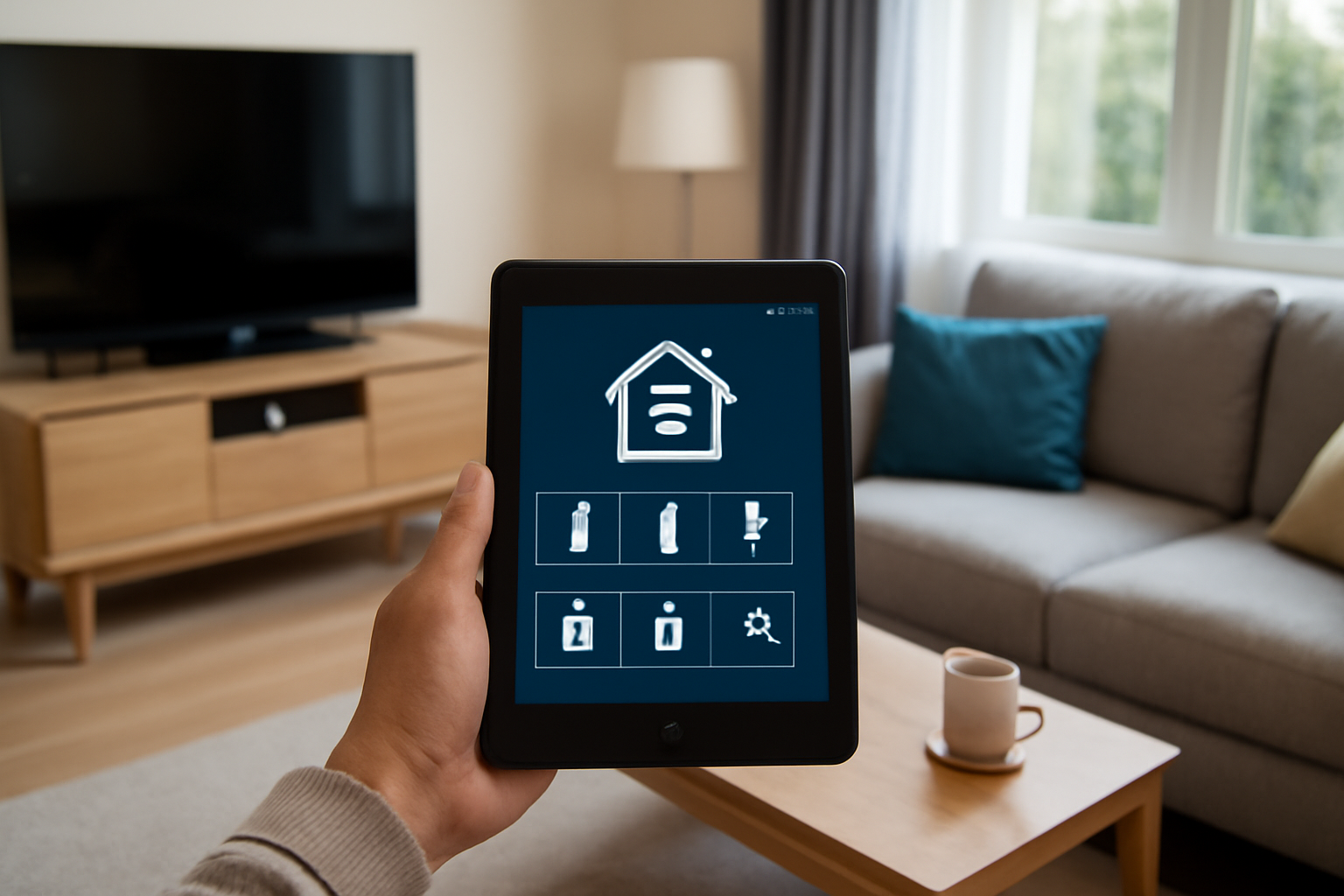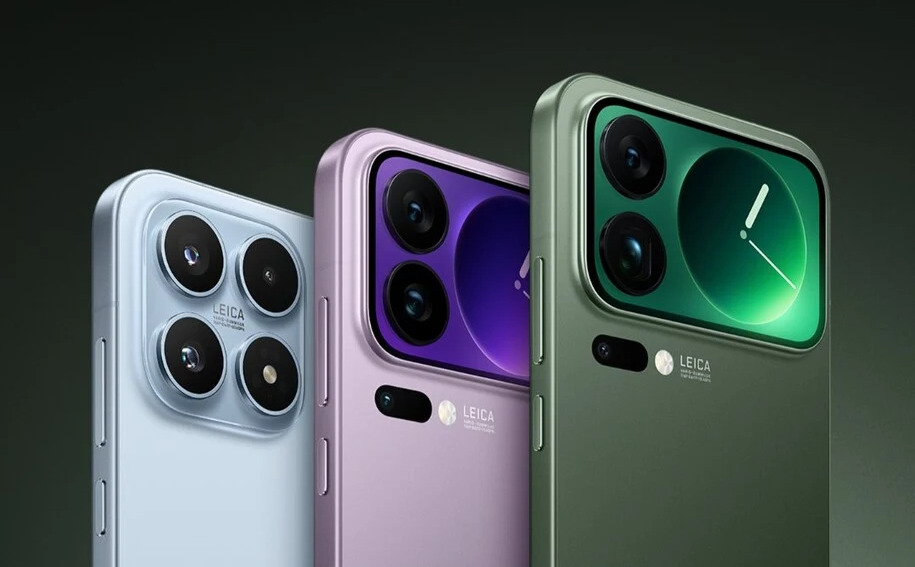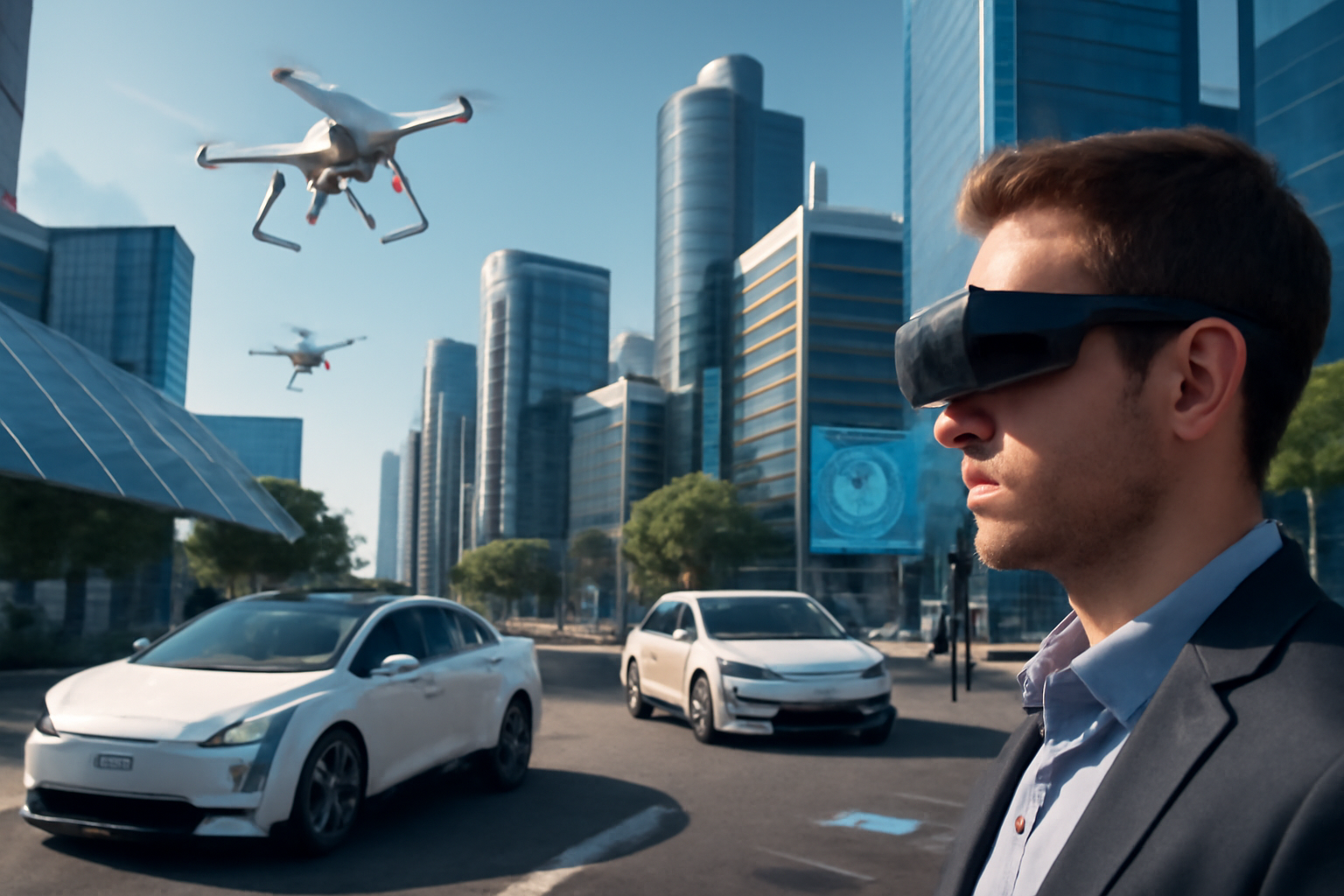The way we shop has changed dramatically over the past few decades, from traditional brick-and-mortar stores to the rise of e-commerce platforms. As technology continues to evolve, it has introduced groundbreaking innovations that are poised to further revolutionize the shopping experience. Among these innovations, augmented reality (AR) and artificial intelligence (AI) stand out as the key drivers of the next phase in the future of retail.
The combination of AR and AI is not only enhancing how customers interact with products but is also reshaping how businesses operate, from product recommendations to supply chain optimization. In this article, we will explore how AR and AI are changing the shopping landscape, and what the future holds for these transformative technologies.
The Role of Augmented Reality in Retail
Augmented reality is the technology that overlays digital information—such as images, sounds, or other sensory stimuli—onto the real world. In retail, AR allows consumers to interact with products in a more immersive and engaging way, helping them make better purchasing decisions and creating more personalized shopping experiences.
1. Virtual Try-Ons and Product Visualization
One of the most significant applications of AR in retail is the ability for consumers to virtually try on products before making a purchase. For example, fashion retailers are now offering AR features that let shoppers see how clothes, shoes, or accessories would look on them without having to try them on physically.
Example: Brands like Nike and L’Oreal have implemented AR technology into their apps to allow users to try on shoes or makeup virtually. With the help of AR, consumers can visualize how products will look on their bodies or faces by simply using their smartphone cameras.
AR doesn’t just stop at fashion. In the furniture industry, companies like IKEA have adopted AR technology that lets customers virtually place furniture in their own homes. This allows shoppers to see how a sofa or table will fit into their living space, both in terms of size and design, before making a purchase.
Why It’s Essential:
- Increased Confidence: AR helps customers make more informed purchasing decisions by allowing them to visualize products in their environment or on their bodies.
- Convenience: Virtual try-ons save time and effort, particularly for consumers who prefer shopping online and want a seamless, at-home experience.
- Reduced Returns: By providing a more accurate preview of the product, AR can help reduce the number of returns due to mismatches in expectations.
2. Interactive and Personalized Shopping Experiences
In addition to product visualization, AR is being used to create more interactive and personalized shopping experiences. Retailers are leveraging AR to offer dynamic in-store navigation, enhanced product information, and personalized recommendations based on a shopper’s preferences and behavior.
Example: Stores like Sephora and Gucci are using AR to create personalized shopping experiences in their physical stores. Sephora’s AR app, for instance, allows customers to scan makeup products and receive instant reviews, product details, and suggestions based on their preferences.
Through AR, stores can also offer interactive experiences, such as games or quizzes that engage customers and encourage them to explore more products, creating a more enjoyable shopping environment.
Why It’s Essential:
- Personalization: AR allows retailers to provide highly tailored shopping experiences, increasing customer engagement and satisfaction.
- Customer Loyalty: By enhancing the in-store experience with AR, retailers can foster stronger connections with customers, which can translate into increased loyalty and repeat purchases.
The Impact of Artificial Intelligence on Shopping
Artificial intelligence is another technology that is transforming the shopping experience. AI refers to machines that can simulate human intelligence, learn from data, and make decisions or predictions based on that data. In retail, AI is being used in various ways to improve customer experience, optimize inventory management, and enhance marketing strategies.
1. Personalized Product Recommendations
AI has revolutionized personalized product recommendations by analyzing customer behavior, preferences, and browsing history. By utilizing AI algorithms, retailers can offer tailored product suggestions that increase the likelihood of a purchase.
Example: E-commerce giants like Amazon and Netflix have mastered the art of personalized recommendations. Amazon’s AI-powered recommendation engine analyzes a customer’s previous purchases, search history, and browsing patterns to suggest products that align with their interests. Similarly, Netflix uses AI to recommend shows and movies based on the user’s viewing history, ensuring that the content is highly relevant.
In the fashion industry, platforms like Stitch Fix leverage AI to recommend clothing items that match a customer’s style, size, and preferences, all based on a combination of data analysis and human feedback.
Why It’s Essential:
- Enhanced Shopping Experience: Personalized recommendations make shopping more convenient by helping customers discover products they’re likely to love.
- Increased Sales: By offering tailored suggestions, retailers can boost conversion rates and sales, as customers are more likely to buy products that feel curated for their tastes.
- Time-Saving: With personalized recommendations, shoppers don’t have to spend as much time browsing, making the shopping experience faster and more efficient.
2. Chatbots and Virtual Assistants
AI-powered chatbots and virtual assistants are becoming increasingly popular in both online and in-store retail environments. These tools allow customers to interact with brands, ask questions, get product recommendations, and even make purchases, all through a conversational interface.
Example: H&M and Macy’s are just a few retailers using AI chatbots on their websites to assist customers in finding products, checking availability, and even making purchases. In some cases, chatbots can offer real-time customer service, answer queries, and provide personalized assistance based on the customer’s preferences.
Additionally, virtual assistants like Amazon Alexa and Google Assistant are being integrated into retail environments, allowing customers to order products, track deliveries, and get recommendations via voice commands.
Why It’s Essential:
- 24/7 Availability: Chatbots and virtual assistants can provide instant customer service at any time, improving customer satisfaction and reducing wait times.
- Increased Convenience: With AI-driven assistants, customers can easily ask questions and get answers without leaving the platform or store.
- Scalability: AI chatbots can handle numerous customer interactions simultaneously, allowing retailers to provide efficient service to a large number of shoppers at once.
3. Inventory and Supply Chain Optimization
AI is also transforming the back-end operations of retail, particularly in inventory and supply chain management. AI-powered systems can forecast demand, track stock levels, and optimize supply chains to ensure that products are available when customers need them.
Example: Walmart uses AI to optimize its inventory and supply chain, predicting which products are likely to be in demand based on historical sales data, customer behavior, and other factors. This helps them stock the right amount of inventory and avoid overstocking or stockouts.
In addition, AI-powered systems can automate reordering processes, ensuring that retailers never run out of popular products.
Why It’s Essential:
- Efficiency: AI improves the accuracy of demand forecasting, helping retailers avoid overstocking or understocking, which can be costly.
- Cost Savings: By optimizing inventory and supply chain operations, AI can help retailers reduce costs related to excess inventory, storage, and logistics.
- Better Customer Experience: With AI-driven inventory management, retailers can ensure that the products customers want are always available, improving customer satisfaction and loyalty.
The Future of Shopping: Combining AR and AI
As we look to the future of retail, the integration of AR and AI will continue to shape the shopping experience. Together, these technologies will provide customers with hyper-personalized, immersive, and efficient shopping experiences, both in-store and online.
1. Immersive Virtual Shopping Experiences
Imagine walking into a store where the entire environment is augmented with virtual elements, allowing you to interact with digital displays, receive personalized offers, and even try on clothes virtually—all from the comfort of your home or in a physical store.
Example: Companies like Alibaba and L’Oreal are already experimenting with AR and AI to create virtual shopping experiences. Alibaba’s “Buy+” platform, for instance, uses AR to let customers walk through a virtual shopping mall, pick up items, and make purchases with the help of AI-driven recommendations.
2. AI-Enhanced AR for Personalized In-Store Experiences
In the near future, we can expect more retailers to integrate AI with AR to create personalized in-store experiences. Imagine entering a store, where AR glasses or a smartphone app will overlay product information, recommendations, and even discounts based on your preferences and purchase history.
3. AI-Powered Virtual Try-Ons with AR Integration
AR-based virtual try-ons are already popular in the fashion and beauty industries, but the future will see even more advanced AI-powered virtual try-on experiences. AI will analyze your body shape, size, and even past purchase data to offer the most accurate suggestions, enhancing the virtual try-on experience.
Conclusion
The future of shopping is set to be shaped by the powerful combination of augmented reality and artificial intelligence. These technologies are already enhancing the way we shop by offering personalized, immersive experiences and improving operational efficiency for retailers. Whether it’s virtual try-ons, AI-powered recommendations, or supply chain optimization, AR and AI are transforming every aspect of retail, both online and in physical stores.
As these technologies continue to evolve, we can expect even more innovative ways to shop, making the experience more convenient, enjoyable, and tailored to individual needs. Retailers who embrace AR and AI will be well-positioned to meet the demands of the modern consumer and lead the way in the future of retail.

